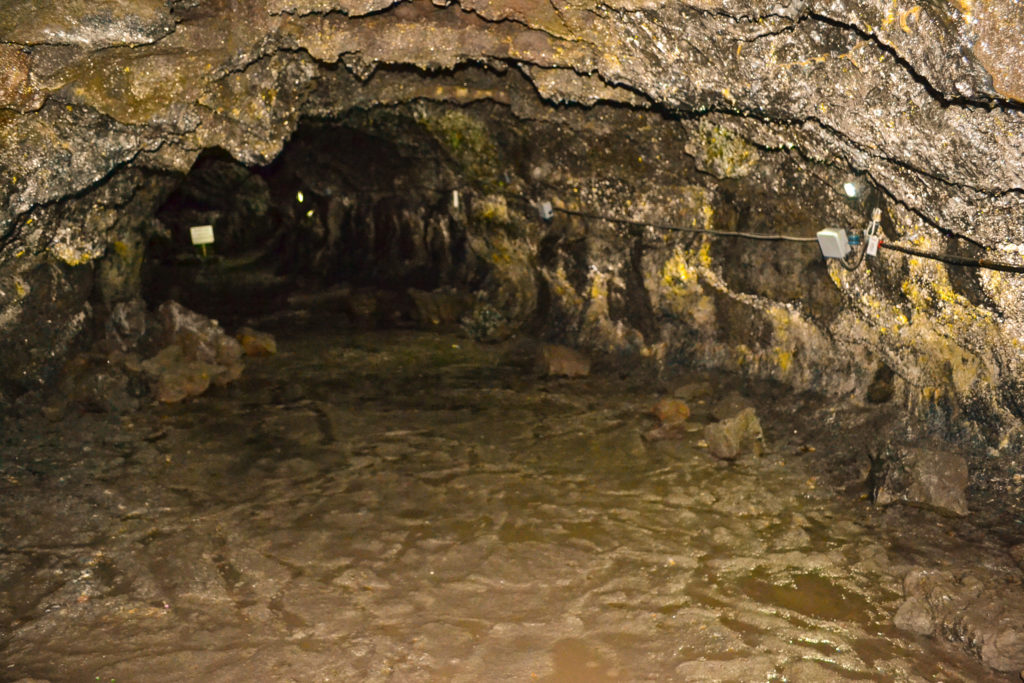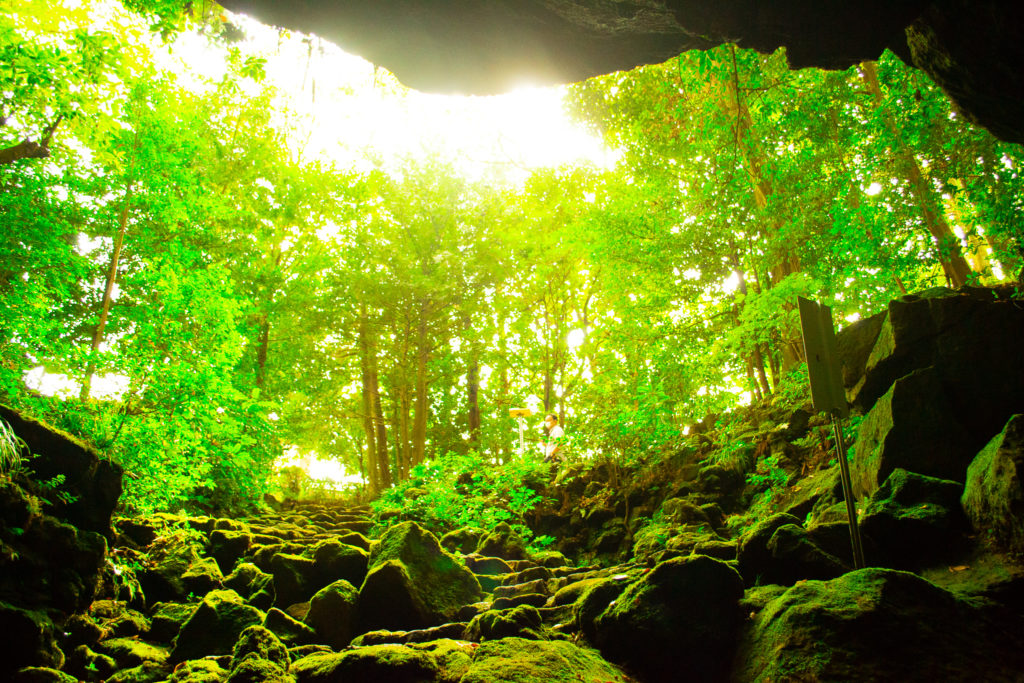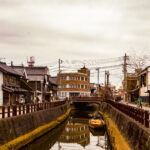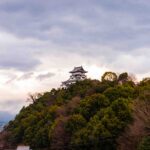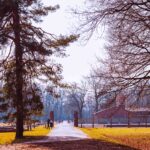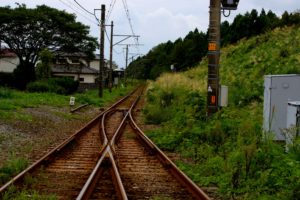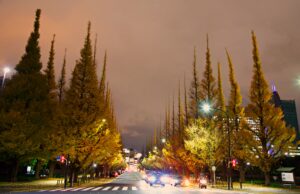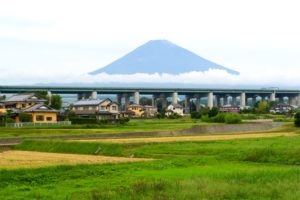
Gotemba city is one of the entry points to the Mt Fuji climb. The Subashiri route ends close to the Gotemba side, in the season you can take a bus ride to the start of the trail. Apparently there is very little that happens here outside the season.
The Mt Fuji exit of the Gotemba station has a scattering of restaurants in most of them lined up in a narrow street called ‘My Road’. There is an Indian restaurant on a road parallel to ‘My Road’, fitting named Gotemba India.Even on a public holiday or maybe because of it, there are few people outside.
There are the Gotemba Premium Outlets, located just outside the city, but visitors can bypass the city to reach here, buses running directly to and from the outlets.
The sightseeing options are limited in and around the city, one of them being a brewery visit. However there is a little known, or maybe known but seldom visited sightseeing spots near the Gotemba town is the Komakado Kaazaana(駒門風穴)This a lava tube formed during one of the eruptions of Mt Fuji around 10,000 years ago.
The Komakado Kaazana is the oldest lava cave of Mt Fuji and was designated as a natural national treasure in 1932.
The access from Gotemba is through the JR Gotemba line, heading towards Numazu or Mishima. Fujioka is the 2nd stop on the line, after getting down, crossing over the footbridge and exiting the only ticket gate and walking around 20 minutes.
The railway station doesn’t have any sign boards pointing towards the caves, so if a digital map is not your friend , and if you dont like to ask for directions, remember to cross the train tracks and walk towards Mt Fuji.
Before the first sign boards pointing the direction to the caves appear, there are paddy fields on all sides with houses scattered across the countryside. The presence of a tourist stop strikes discordant note walking across the seemingly depopulated countryside.
The only sight of humans is at a construction site , a hum of quiet activity. Tourists apparently are not a common sight at the location so the construction workers look up at the sight before going about their work.
The winding road passes through a stream, before joining a much larger road. Taking a left at the road and walking a few hundred meters, passing a motorcycle repair shop across the road to the right , is the entrance to the caves.
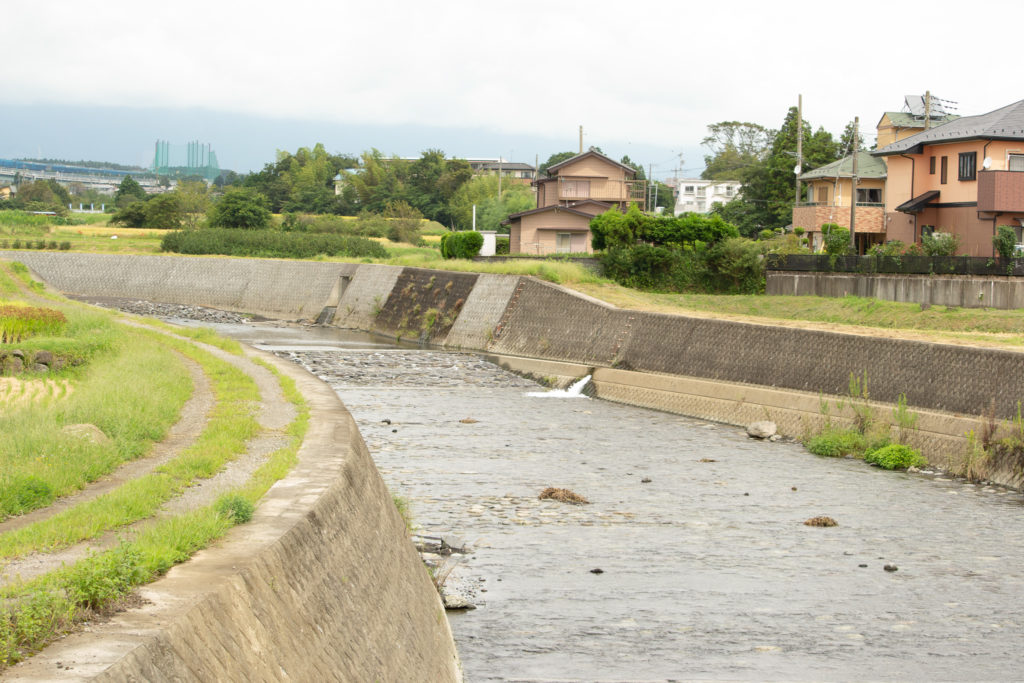
Again in the spirit of modesty, the entrance is hidden between houses, both old and new developments with a small sign pointing toward it. There is a free car parking a few metres down across to the right.
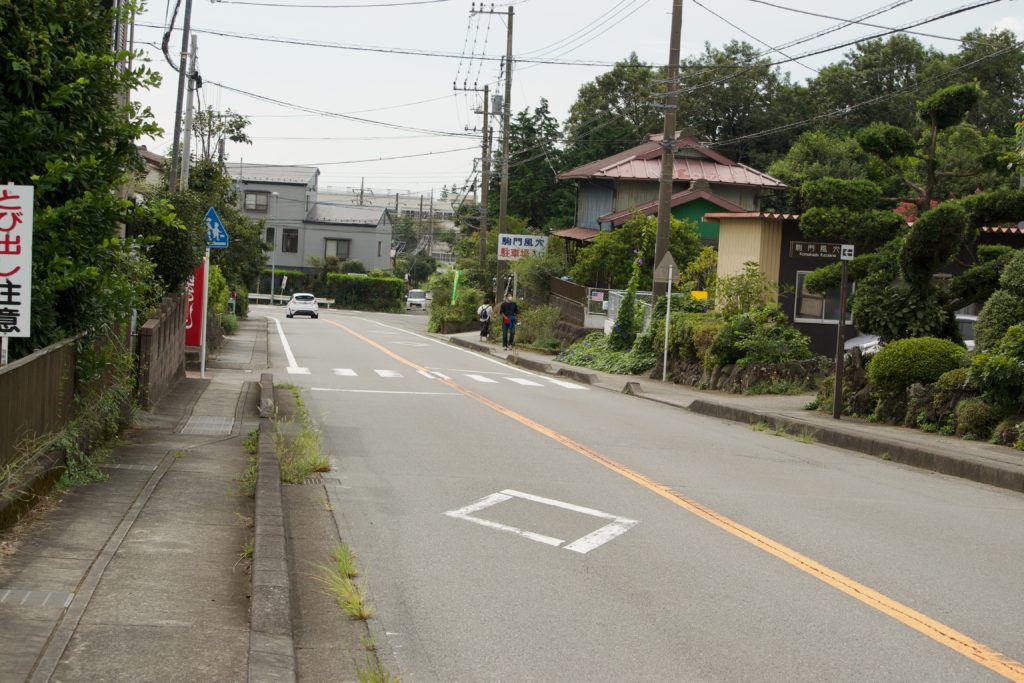
There is a an entrance fee of 300 Yen and the pandemic period adds in a temperature check and a noting down of names and addresses. The lady at the counter asks us to be careful while walking into the tunnel and research showed me the the moss on the step can be slippery.

The entrance into the tunnel, from the bright sunlight outside, to a set of steep steps into what appears to be poorly lit cave. Treading carefully, watching each step we climb down into the tunnel. The temperature inside the tunnel is supposed to be a constant 19 C, though on an early autumn morning it is hardly discernible.
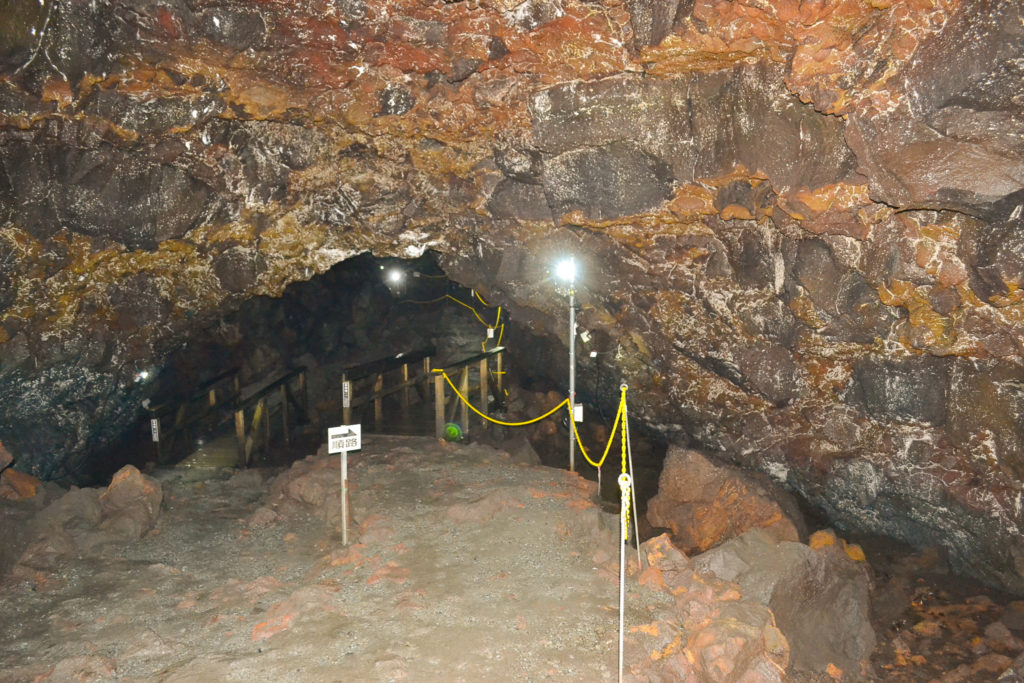
The lights inside the tunnels have motion sensors , the uneven patterns from the lava flow makes stepping tricky at places , so as the lights, flashing on and off in disco rhythms light up, the path becomes visible. There is a small bridge over the difficult portions and an irregular trickle of water from different points on the roof to the cave.
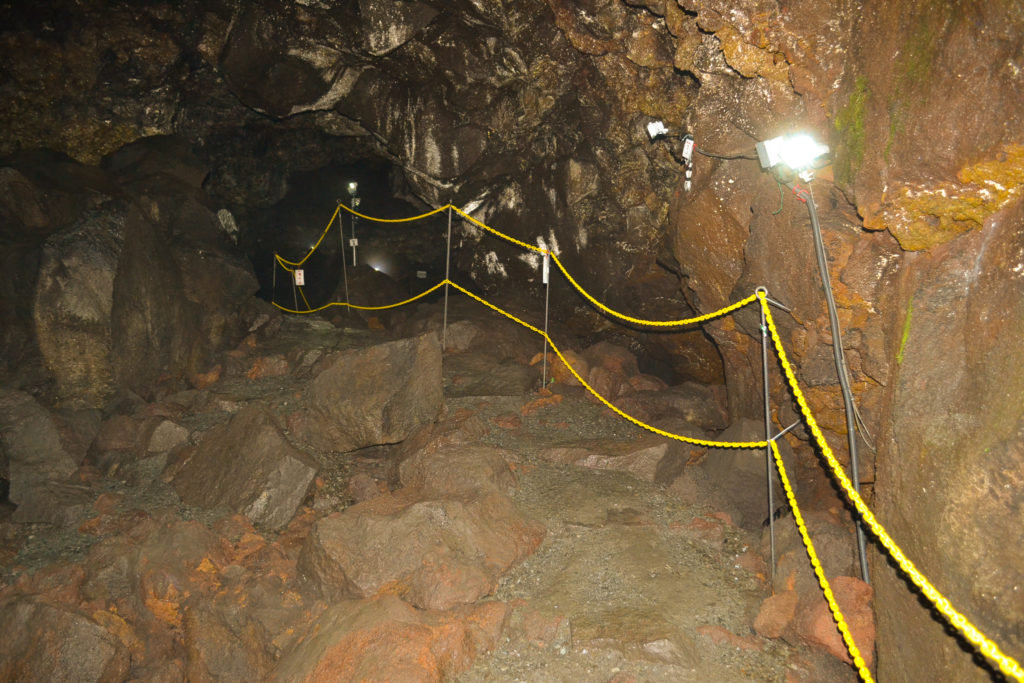
The low lighting and the rhythmic patterns of the motion sensor activated lights it to preserve wildlife unique to the cave. The wildlife are a form of crabs and millipedes which feed off bat droppings. Unfortunately or maybe fortunately none of these were visible. Somehow I didn’t miss seeing wild bats in a dimly it cave.
The online reviews warning people about getting wet might be exaggerated, unless you stand constantly under the trickle there isn’t much danger of doing so. This might change on a rainy day and the increased water flow might turn the trickle into a larger flow.
There are a few areas of puddles, some small, other larger, in the caves but none of them had water more than a couple of inches deep. Keeping in mind that there is moss on the steps leading to the caves it is advisable to step over or around them.
The end of the cave has a lava formation supposed to be frozen into the shape of a human ribcage, it is difficult to figure out the resemblance.
The way back is through a separate path on the right, which branches into another smaller tunnel which can be accessed only by crouching and frog marching a few steps. The last cave I had entered was a man made one on the South Korean border, where one had to walk a few kilometres in a crouched position. So frog marching even a few steps seemed an unappealing idea. However this extension has lava frozen into waves and if you can take the stress of a frog march it is worth walking the few steps inside.
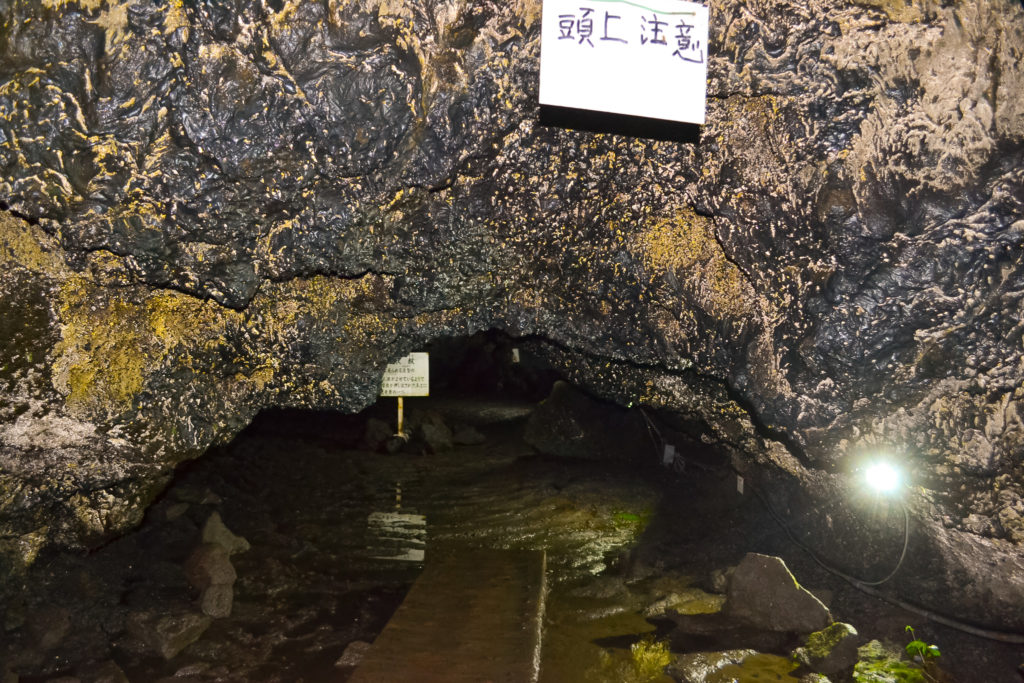
The walk back to the entrance, even though a different path, doesn’t change much. The online blogs mentioned possibility if slipping on the moss, the shoes now wet, but again this doesn’t come across as a botheration.
Exiting the dark and back into the sunshine, a quick stop to view a buddhist shrine and then an exit. There is a flowing water behind the visitors office which is safe for drinking.
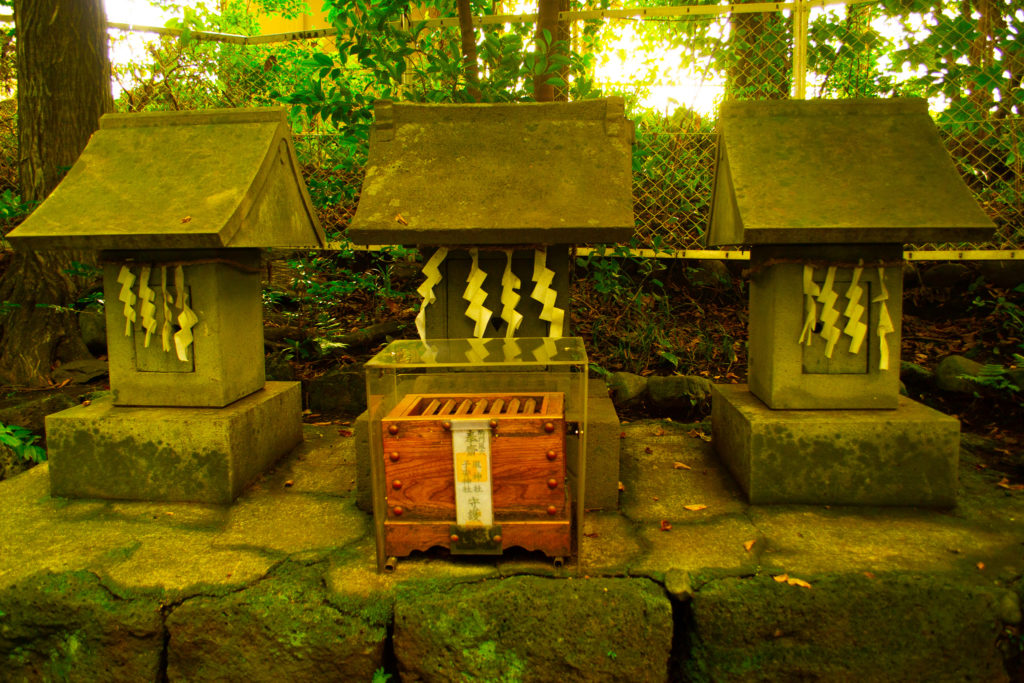
Walking back to Fujioka on a warm clear day is pleasant, passing through the countryside, our talking attracting a few peeks from inside the houses on the way.
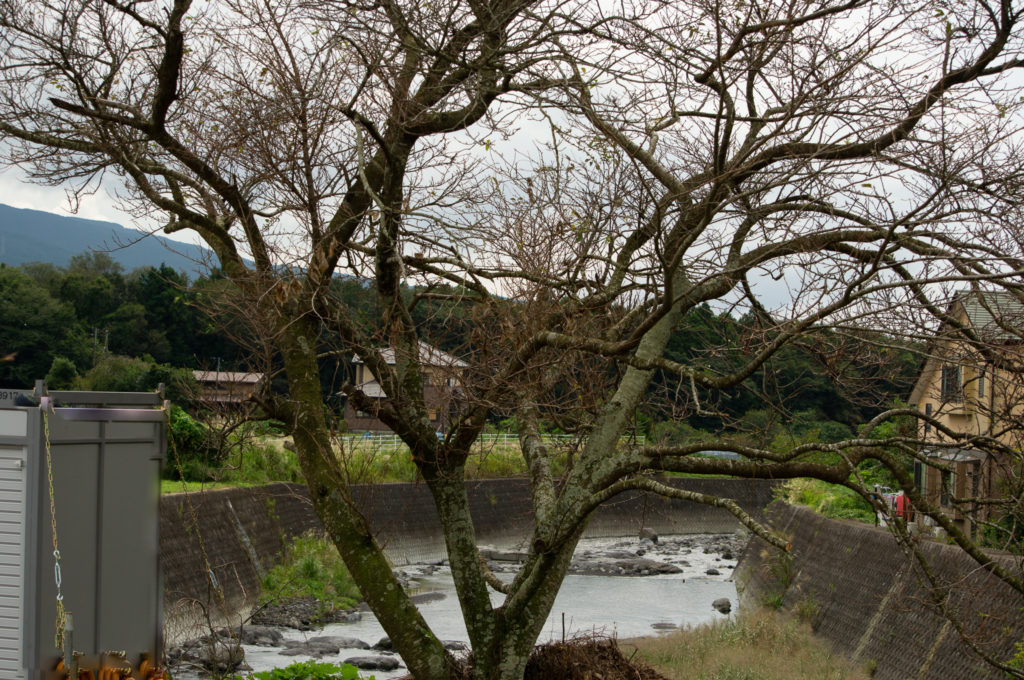
The Fujioka station has a clothing store and a tobacco shop which also sells lottery tickets. A convenience store on the main street is the only other commercial establishment visible.
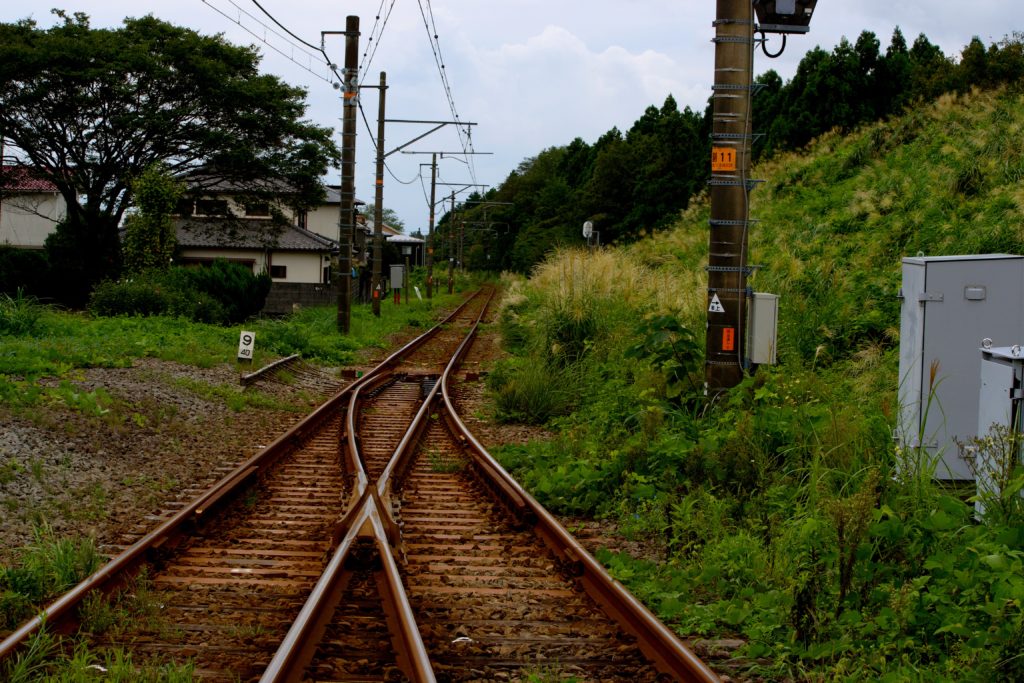
The trip back to Gotemba had mostly young kids board the train, magically appearing out of nowhere . Since it was a public holiday in Japan they were probably headed out meeting friends or if they could afford it the Premium outlets.
The Komakado Kazaana caves is a different relaxing experience if you have half a day to spare. If you get tired of shopping and have a place to dump your purchases, I would recommend a visit to the caves.
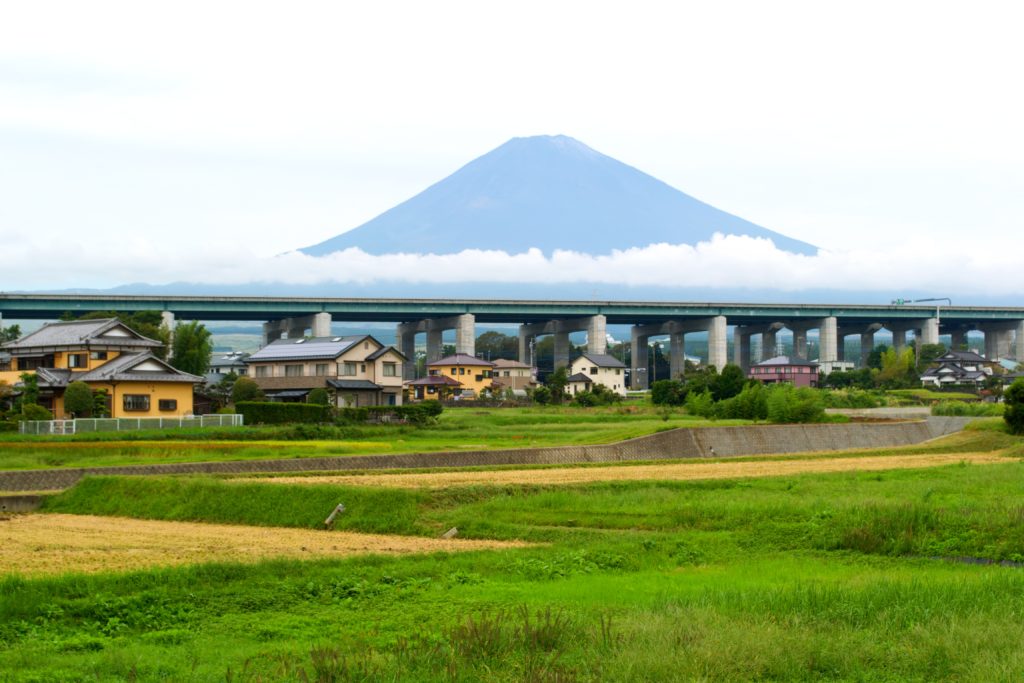
The best tourist spots are the ones which are waiting to be discovered and the caves, in the middle of the countryside, under the gaze of Mt Fuji, seem like a distraction from whatever you have on your mind.

